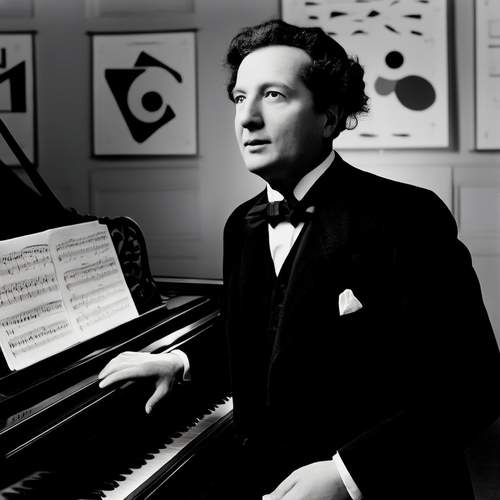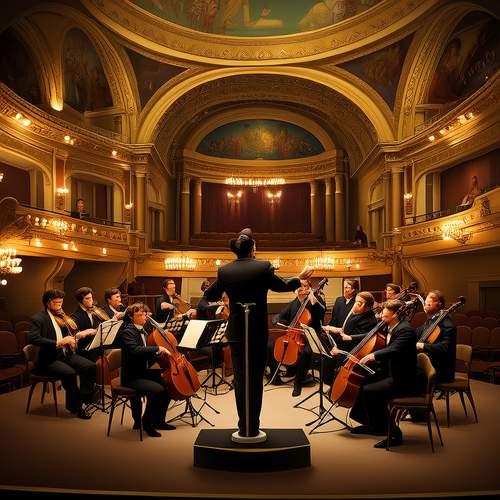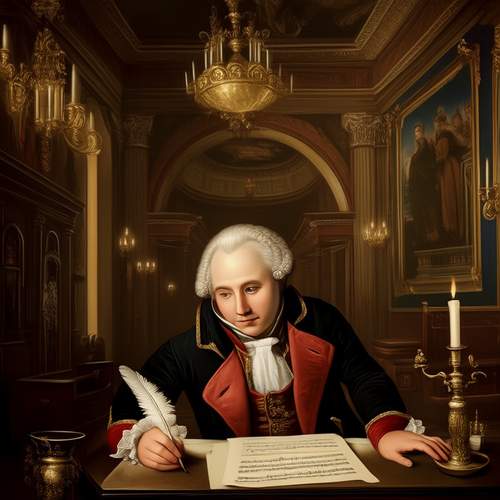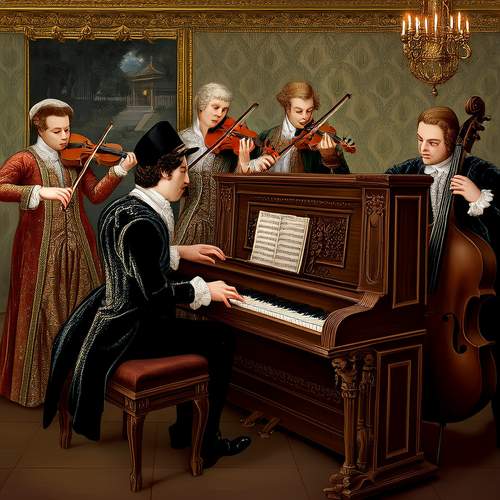The Impressionist whole-tone scale stands as one of the most evocative and distinctive musical innovations of the late 19th and early 20th centuries. Emerging from the broader Impressionist movement in art and music, this scale became a hallmark of composers like Claude Debussy and Maurice Ravel, who sought to break free from the rigid structures of traditional tonality. Unlike the diatonic scales that had dominated Western music for centuries, the whole-tone scale offered a dreamlike, floating quality that perfectly suited the ethereal and often ambiguous emotional landscapes of Impressionist compositions.
The whole-tone scale is constructed entirely of whole-step intervals, eliminating the semitones that create tension and resolution in conventional scales. This absence of leading tones gives the scale its characteristic open-ended, unresolved sound. When employed in compositions, it evokes a sense of weightlessness, as if the music exists in a suspended state between reality and imagination. Debussy, in particular, exploited this quality in works such as "Voiles" from his Préludes, where the whole-tone scale mimics the billowing of sails caught in an intangible breeze.
What makes the Impressionist use of the whole-tone scale particularly fascinating is its ability to dissolve harmonic expectations. Traditional cadences and progressions rely on the interplay of consonance and dissonance, but the whole-tone scale blurs these distinctions. Chords built from its notes—such as augmented triads and dominant seventh chords with raised fifths—create a harmonic language that feels both familiar and unsettlingly foreign. This ambiguity allowed composers to suggest moods and imagery without anchoring the listener to a definitive emotional or tonal center.
Beyond its harmonic implications, the whole-tone scale also influenced melodic and textural experimentation. Debussy and Ravel often wove the scale into flowing, undulating passages that avoided clear rhythmic or metric emphasis. The result was a fluid, almost painterly approach to musical phrasing, where melodies seemed to emerge and recede like brushstrokes on a canvas. This technique was especially effective in evoking natural phenomena—mist, water, sunlight—that resist fixed forms and boundaries.
The scale’s influence extended beyond the confines of pure Impressionism, seeping into the works of later composers who sought to expand tonal possibilities. Jazz musicians, for instance, adopted the whole-tone scale for its lush, ambiguous harmonies, using it to add color and sophistication to improvisations. Even in film scoring, echoes of the Impressionist whole-tone scale can be heard in scenes meant to convey mystery or otherworldliness.
Yet, despite its versatility, the whole-tone scale never entirely supplanted traditional tonal systems. Its very nature—lacking the gravitational pull of a tonic note—makes it difficult to sustain over long compositions without risking monotony. Impressionist composers understood this, using the scale sparingly and often juxtaposing it with other harmonic devices to maintain interest and contrast. In doing so, they ensured that the whole-tone scale remained a vivid but carefully deployed tool in their expressive arsenal.
Today, the legacy of the Impressionist whole-tone scale endures as a testament to the era’s spirit of innovation. It represents a moment in music history when composers dared to imagine sounds unshackled from convention, embracing ambiguity as a virtue rather than a weakness. For listeners, the scale continues to evoke the same sense of wonder and possibility that it did over a century ago—a fleeting, shimmering glimpse into a world where music floats, unmoored, in the air.

By /May 30, 2025

By /May 30, 2025

By /May 30, 2025

By /May 30, 2025

By /May 30, 2025

By /May 30, 2025

By /May 30, 2025

By /May 30, 2025

By /May 30, 2025

By /May 30, 2025

By /May 30, 2025

By /May 30, 2025

By /May 30, 2025

By /May 30, 2025

By /May 30, 2025

By /May 30, 2025

By /May 30, 2025

By /May 30, 2025

By /May 30, 2025

By /May 30, 2025